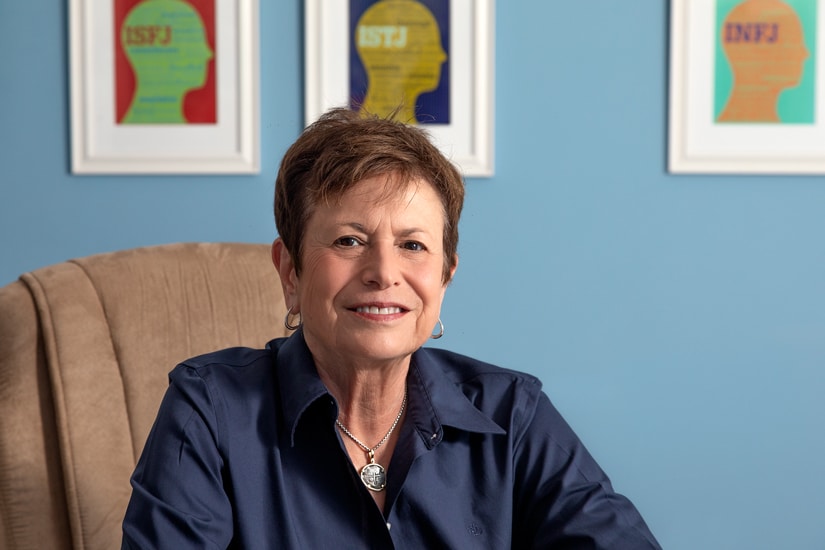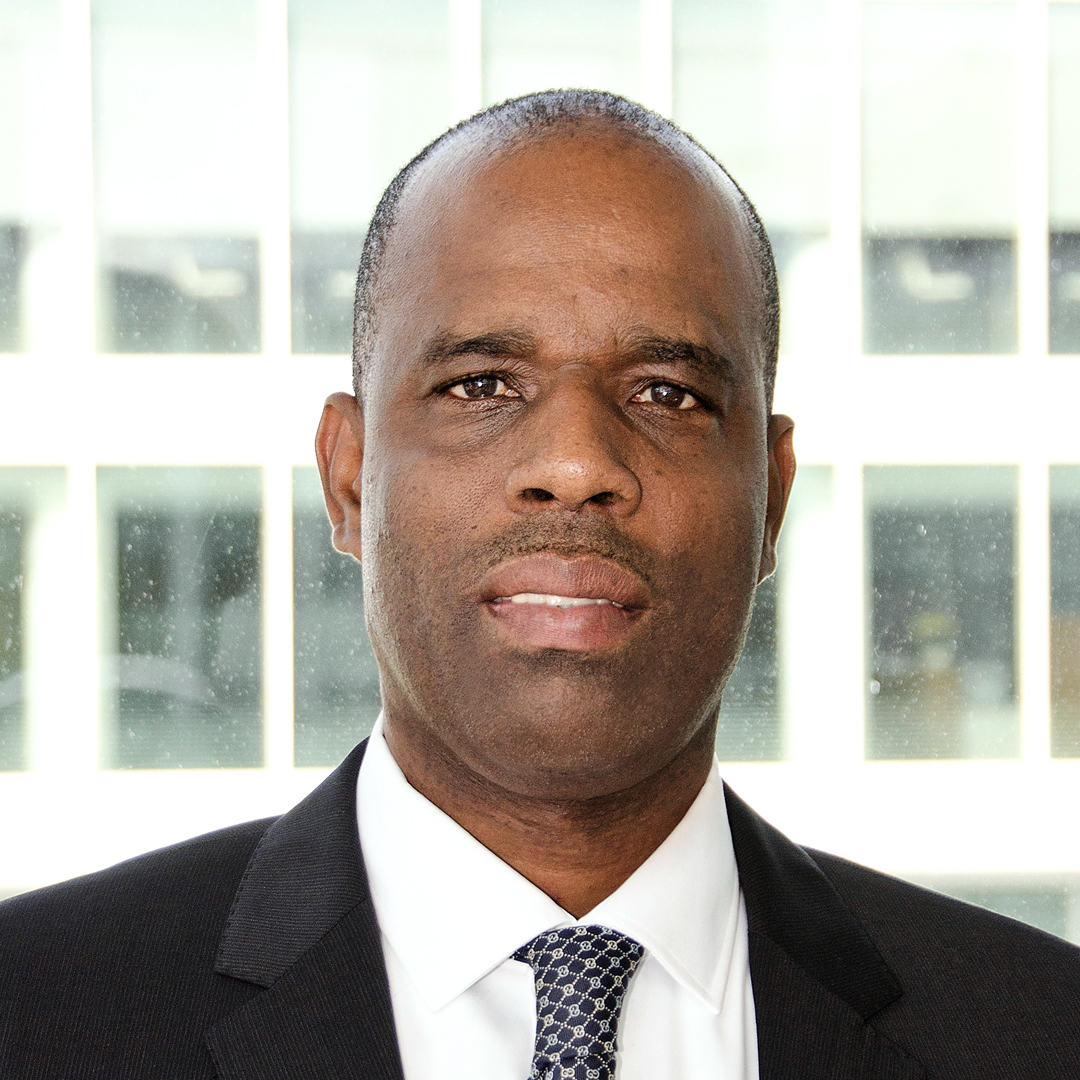The founding partners of Beacon People Solutions have a combined sixty years of experience in human resources at literally every level of the function.
“We went from the ground floor to the penthouse in HR,” Maryanne DiMarzo, one of the company’s partners, notes. After successfully helping take their last company public, DiMarzo and Beacon cofounder Amy Acker figured they’d finally climbed their last mountain and opted for retirement, but it was short-lived.

“Former colleagues just kept calling asking for help on a number of different issues,” Acker says. “Eventually, I was able to talk Maryanne into coming to a couple of engagements, and we both caught the bug.”
The two leveraged their all-phases experience into Beacon People Solutions, which specializes in leadership development, HR solutions, and executive coaching. Their new book, Hidden Talents, identifies sixteen combinations of behaviors that DiMarzo says inhibit executive growth. By identifying those behaviors, the founders believe they can accomplish Beacon’s overarching mission of helping people realize that they were born whole with all the talents they need to succeed.
Hidden Talents, which is broken down into four sections, contains examples of the behaviors (or “tools,” as the book labels them) and ways in which changing one’s perspective can be self-remedying. The book highlights stories of sixteen leaders who taught themselves to change their perspective and to access tools that they had previously ignored.
“Due to behavioral preferences, we often ignore the whole other side of ourselves.” DiMarzo says. “There are stories of triumph here, but they’re triumphs because they had it in them all along.”
Building Followership Through Empathy
“When you say the word empathy, most people are thinking about sympathy,” DiMarzo says. “Empathy is the ability to project into another person’s viewpoint and see and understand what they need to hear and feel in order to follow you.”
DiMarzo says that she and Acker have seen too many leaders rely on hierarchy, and that differentiating between complying and committing is mandatory for effective leadership. “When you comply with somebody, you’re giving them your behavior,” DiMarzo explains. “When you commit to somebody, you’re giving them your heart. When you’re leading somebody into the future which is ambiguous and scary, you have to capture that heart.”

Leveraging White Space Connections
“The fact is that when something breaks in an organization, it’s probably not in anybody’s responsibility box on the organization chart,” DiMarzo says. “It’s frequently something that exists in white space between the boxes.”
The challenge is cultivating leaders who can ride the difficult wave between choosing to do nothing and choosing to do everything.
“Amy calls this the seagull approach,” DiMarzo says. “They see the issue, they swoop down and get the right people involved, then the fly back up to a position of oversight.”
Good leaders are willing to address problems that may not intrinsically fall within their responsibility on the organization chart, but they also know how to handle and manage these problems without taking over completely.
Forwarding the Action to Advance the Business
“We had forty executives in a room, and I kept asking ‘What problem are you solving?’ and I’d get a different problem back every time,” DiMarzo says. “I kept saying, ‘No solutions until you align on the problem. They were ready to kill me.”
It took two hours for the executives to align on exactly what problem they were trying to solve, though it had been an issue for years. After properly identifying it, they solved it in seven minutes. “Alignment on the problem is the most critical part of the problem-solving process,” Acker says.

Building Autonomy and Future Readiness
“Leaders are promoted early in their career for doing everything,” DiMarzo says. “They get to a certain level of the organization and they’re told to stop doing and to start leading.”
This can be jarring for executives who have accomplished strictly by doing, and Beacon focuses on cultivating leaders who can create independent employees.
“You don’t just want to create little replicas of yourself, because the best you’re going to get is the second-greatest version of you that was ever created,” DiMarzo says. “The really good leaders are continually developing their teams for the future, making them more independent in the present, so they are ready for what comes their way.”
Acker says that although it may sound funny coming from a consultant, Beacon People Solutions’ ideal outcome is when they’re no longer necessary.
“Whether we’re helping build capability in an individual, a team, or an organization, we go into engagements hoping to eventually become secondary to the growth that is occurring,” she says, adding that she recalls a team that was having difficulty with problem solving. The team eventually became so amazed at their own findings, the planned agenda went completely out the window. “They learned a new language and a new way to identify their issues. They didn’t need us to help them work through it at that point.”
That autonomy, says DiMarzo, speaks back to the main goal of Beacon People Solutions.
“Our role is to lead out of people what is already there, because once it’s freed up, their leadership and effectives becomes much, much greater,” she says.















